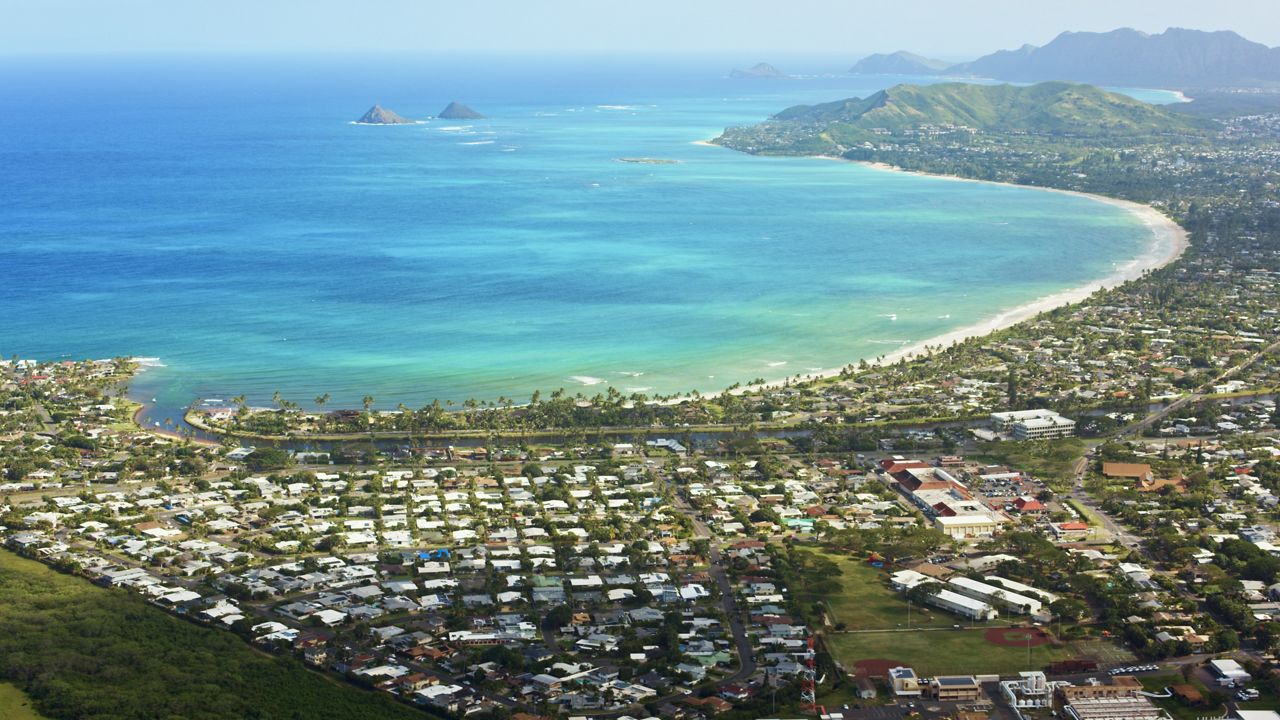KAILUA, Hawaii — Multiple tests taken in the past month at the Kailua Regional Wastewater Treatment Plant showed elevated levels of the fecal bacteria known as enterococcus in the treated wastewater discharge, according to the Department of Environmental Services.
Test taken at the plant’s effluent monitoring station showed high levels of enterococcus on 13 days between April 8 and May 4. The highest levels of enterococcus were detected on April 28 and May, with results six times higher than the limit set by the Department of Health.
When asked why there has been so many tests showing high levels of enterococcus in the last two weeks, Markus Owens, the spokesperson for the Department of Environmental Services, said the cause is still being investigated.
The wastewater is discharged through a deep ocean outfall located about 5,000 feet from the shoreline at a depth of 105 feet below the surface of the water, according to Owens, who replied to Spectrum News Hawaii’s questions via email.
Owens said the tests for enterococcus take 24 hours to process, and because wastewater “is received, treated, and discharged continuously, it cannot be stored and tested before discharge.”
The Hawaii Department of Health urged the public to avoid swimming in Kailua Bay. The City posted warning signs around Kailua Bay, which will remain up until the Department of Health is confident that coastal waters have returned to normal.
Enterococcus may threaten public health and coral reefs. In humans, it has caused urinary tract infections, meningitis, gastrointestinal symptoms, rashes and eye infections.
The city conintues to test samples taken at the plant in order to determine the levels of fecal bacteria in treated wastewater.
Michelle Broder Van Dyke covers the Hawaiian Islands for Spectrum News Hawaii. Email her at michelle.brodervandyke@charter.com.
Editor's note: This post has been updated with information about tests taken since the initial tests were taken on April 8. (May 8, 2023)




